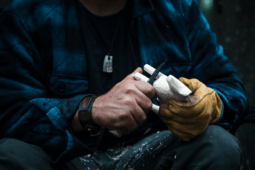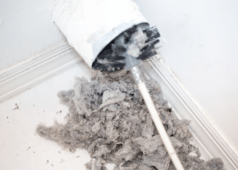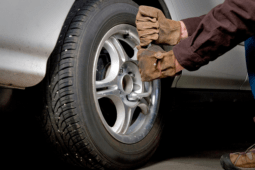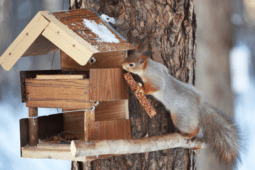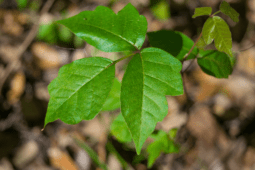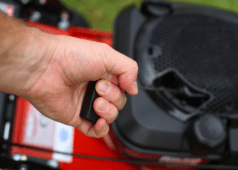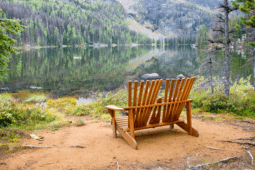How to Filter Water in the Wild
Water is something we take for granted in the modern world, but for others on the planet, water is a scarce resource that takes many hours a day just to get enough to survive.
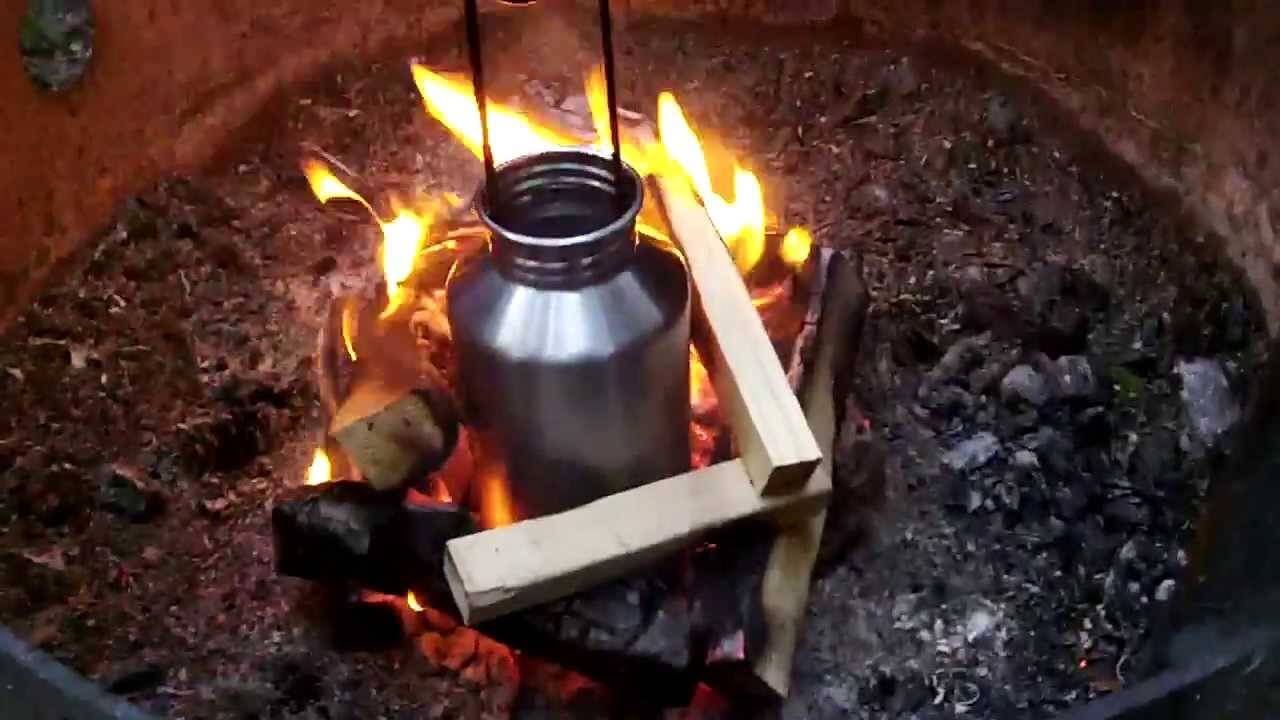
In spite of the hype, there is no water shortage. Water is an eternal resource that recycles itself continuously from ground, to air, to surface and exists in solid, vapor, and its most familiar form, liquid.
While it’s widely distributed, finding water safe enough to drink that’s devoid of chemical or bacterial contamination is a challenge.
Clean private wells, carefully monitored municipal water supplies and clean spring water aren’t always available. When they’re not, you have to do the job yourself.
There are several ways to get clean drinking water from questionable sources. We’ll list them first, then expand on how to do it.
How to Get Clean Water in the Wild
- Chemically treat
- Filter mechanically
- Boil
- Make a water trap
-
Chemically treat
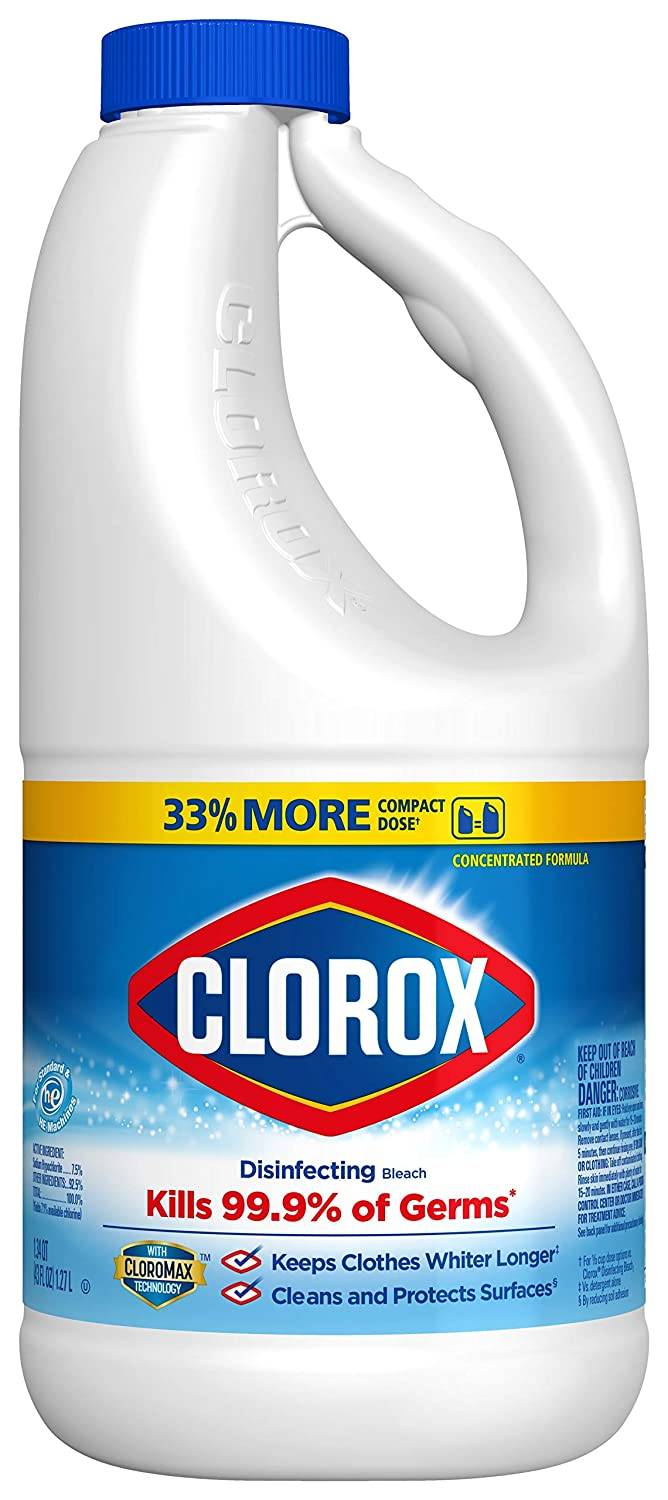
That’s a fancy term for dropping tablets of bacterial and protozoa-killing chemicals into a bottle of drinking water.
Most commonly the chemical is chlorine. You’ve tasted chlorinated water in most municipal water supplies, and it’s the chemical that creates that swimming pool smell, and often the accompanying “pool itch” once you dry off.
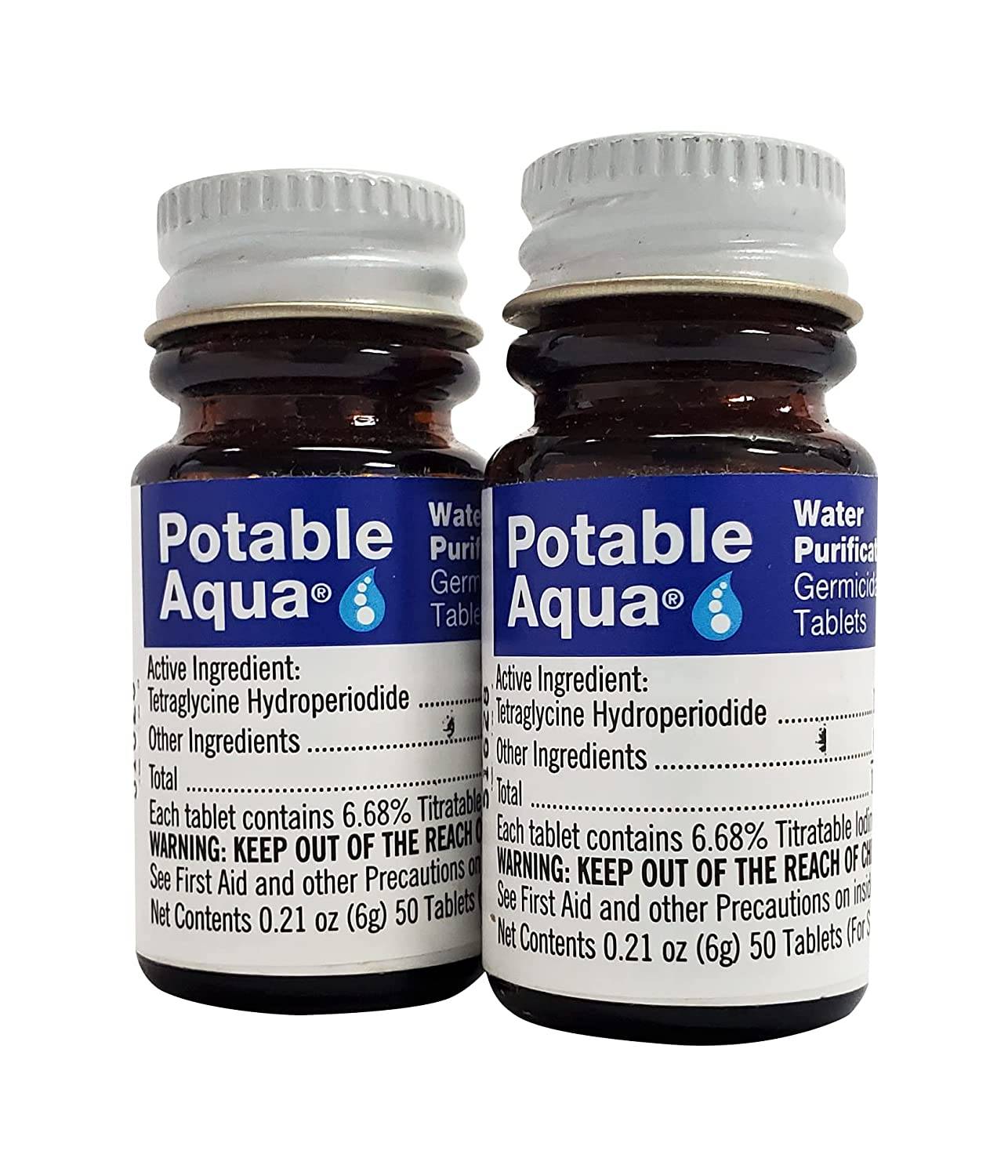
It kills everything it touches by dissolving the membranes that hold these tiny organisms together, but it needs to be a “Goldilocks Formula” with just enough to get the job done, but not enough to poison you.
Tablets come with clear directions on the number of tablets to drop in a specific amount of water. Chlorine bleach works just fine but isn’t as accurate a process. In general three drops of bleach in a gallon of water, shaken well, and allowed to sit for a few minutes does the trick.
2. Mechanically
This process utilizes microscopic mesh to force the little bad guys out of the water. There are a wide variety of mechanical filtering devices, many small enough to throw into a backpack for use in the wilderness.
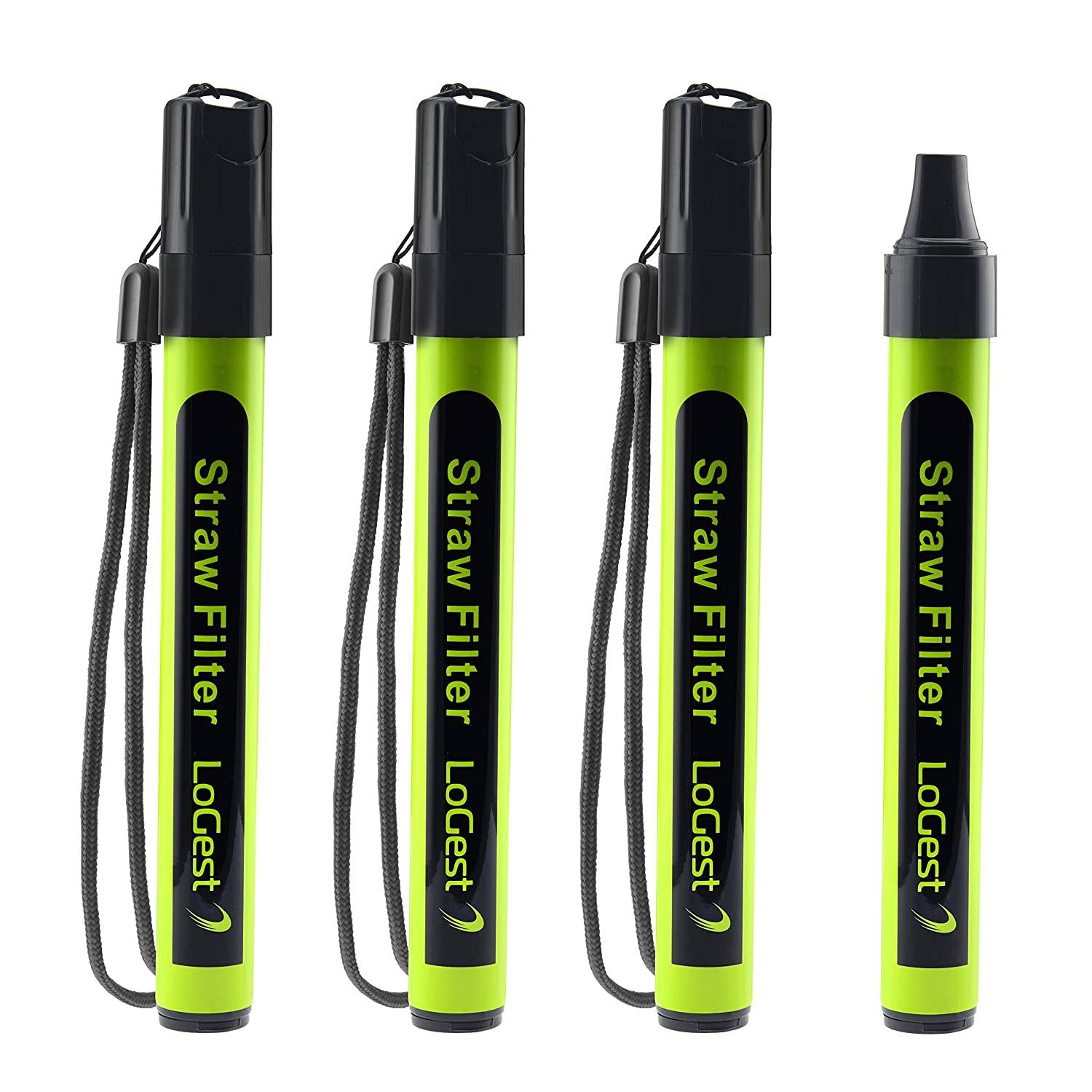
The simplest one is a tube you suck water through to drink. As you pull in the water through the attached straw it is filtered. This is often a last-ditch source of water since the force it takes can generate a headache pretty quickly.
3. Make it Hot (Boil)
It’s the oldest method, but it’s the most secure, straightforward, and safest way to treat water.
Put the water in a pot or pan, put it on a heat source, ie: a fire or a camp stove, and bring it to a rolling boil.
Once it starts to bubble vigorously let it boil for five minutes, allow it to cool, and drink as much as you need, storing the rest in a clean canteen or water bottle.
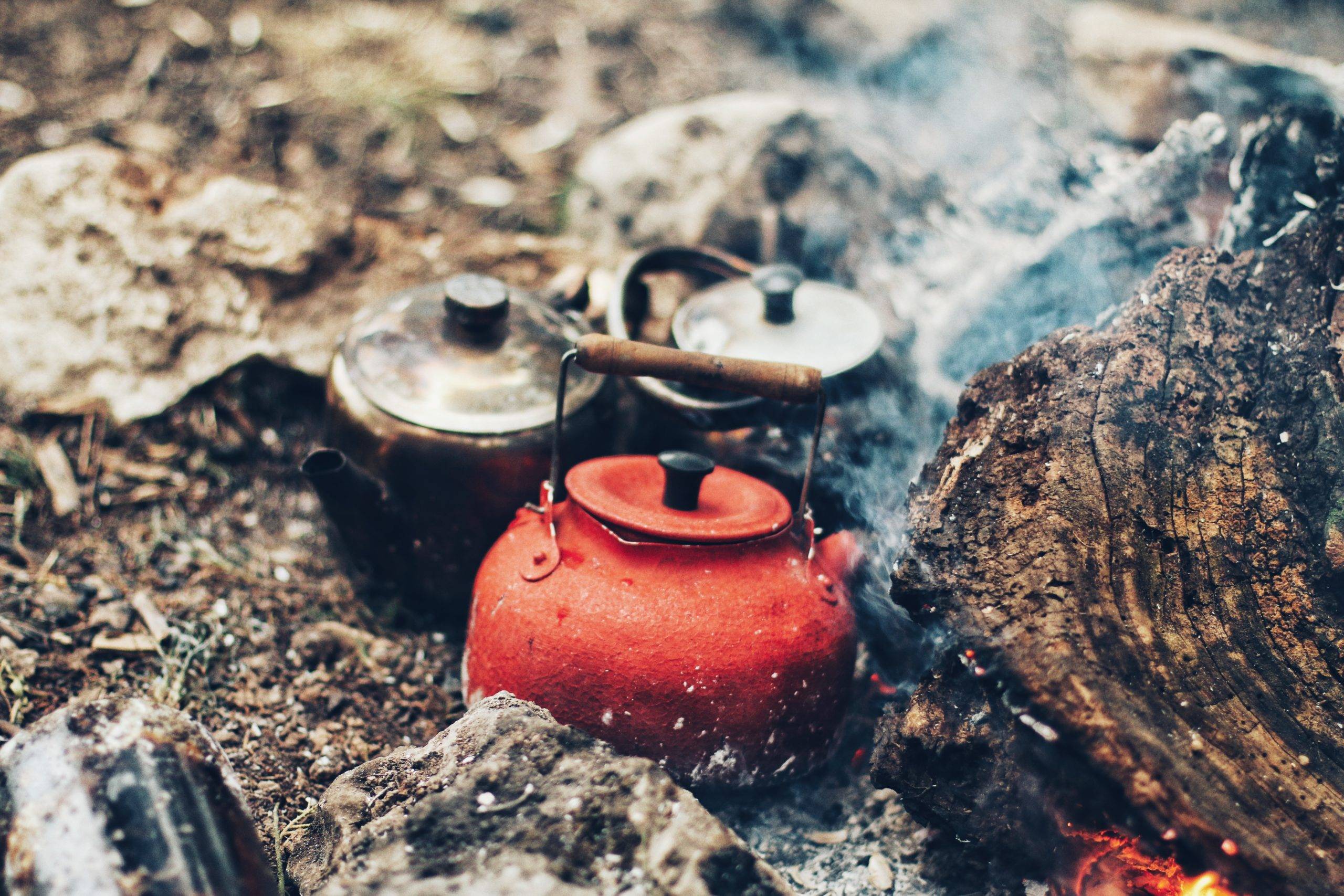
4. Water trap
This is the most elegant method and one used in various forms by indigenous people from the Great Plains to the Australian Outback and the Serengeti Desert.
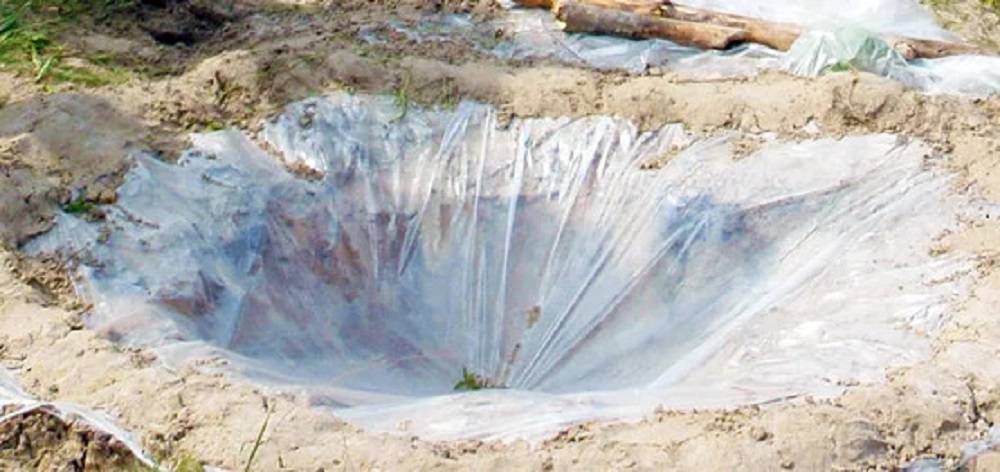
Dig a hole about a foot across and a foot deep. Place rocks in the middle of the hole to keep a cup above the level of the water you’re about to pour in.
Fill the hole with water, let it subside until it’s at a level below the bottom of the cup. Cover the hole with plastic wrap and push an indentation above the cup.
This method works best in the late morning on a warm, sunny day. As the sun heats the water in the hole it begins to evaporate. That evaporative water forms on the bottom of the plastic wrap and drips into the cup.
No matter how filthy the water is, you end up with perfectly clean distilled water.
We use plastic wrap in the modern world, but the ancient man used the thin viscera of an animal’s stomach, split very thin to trap the water.
That’s it, four easy ways to get clean water from less than desirable sources.

